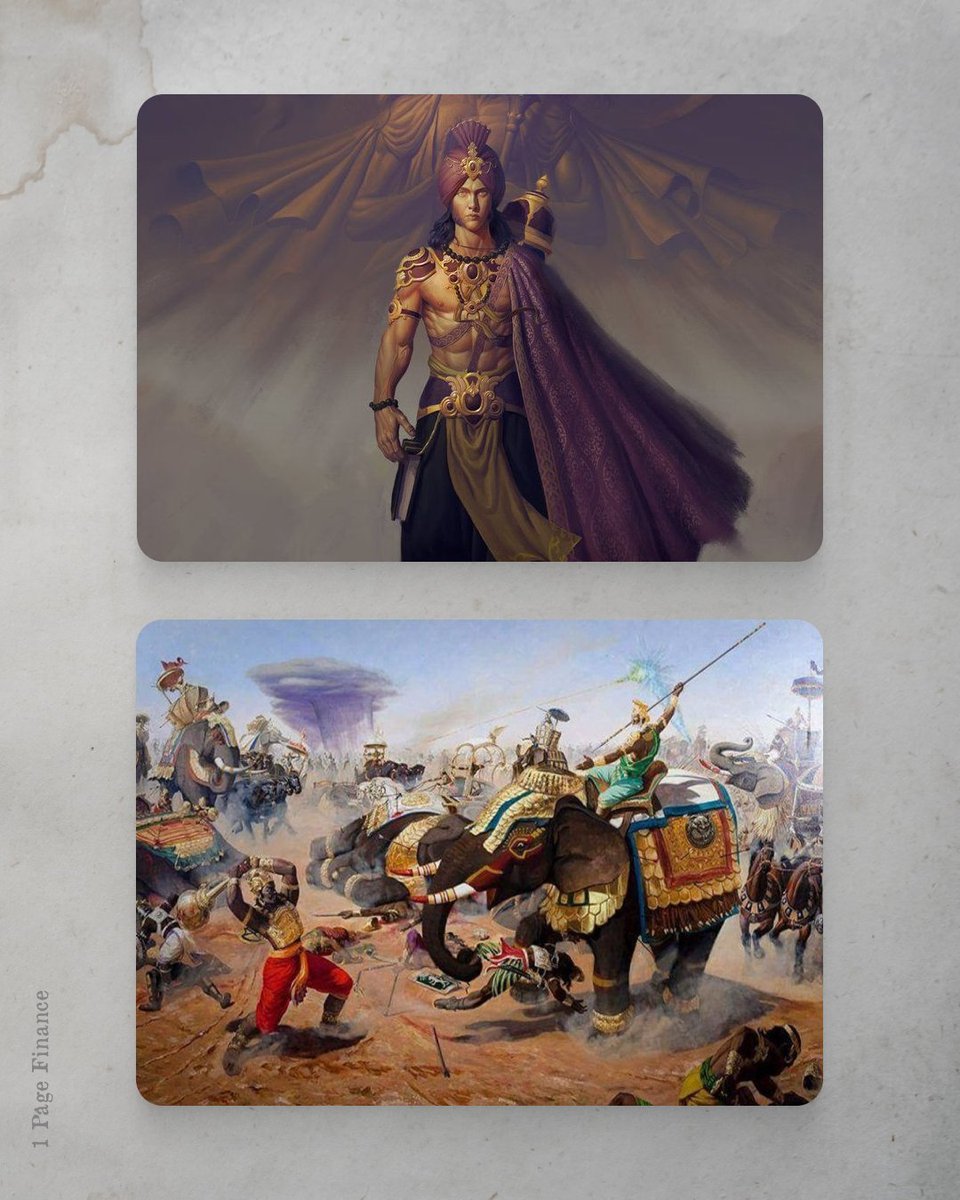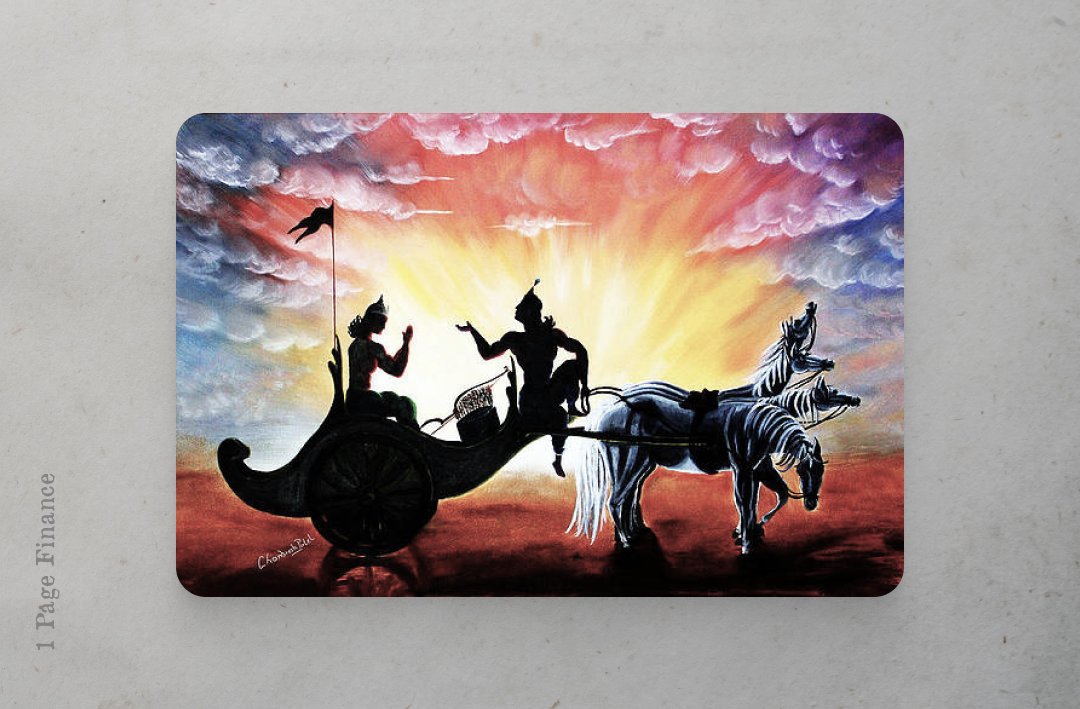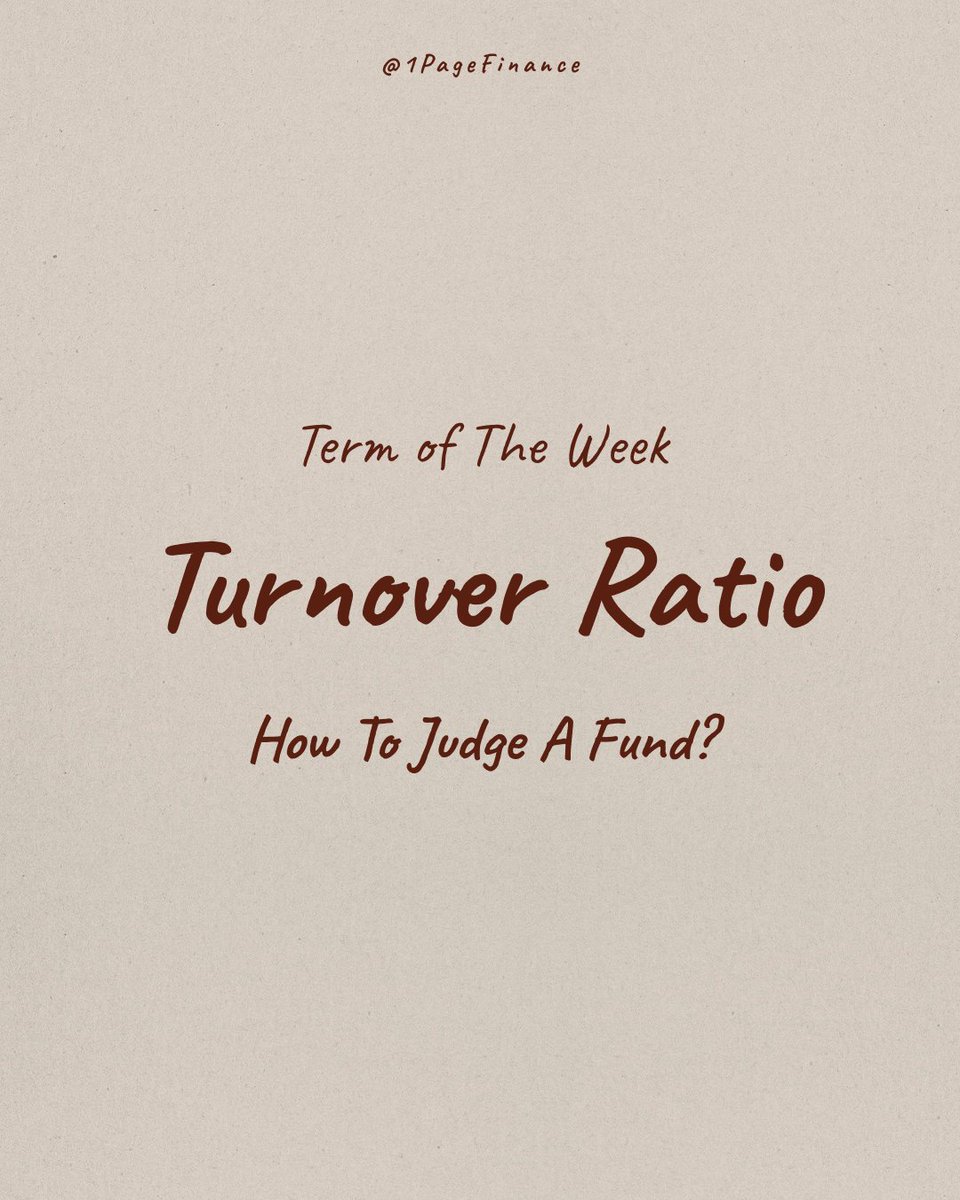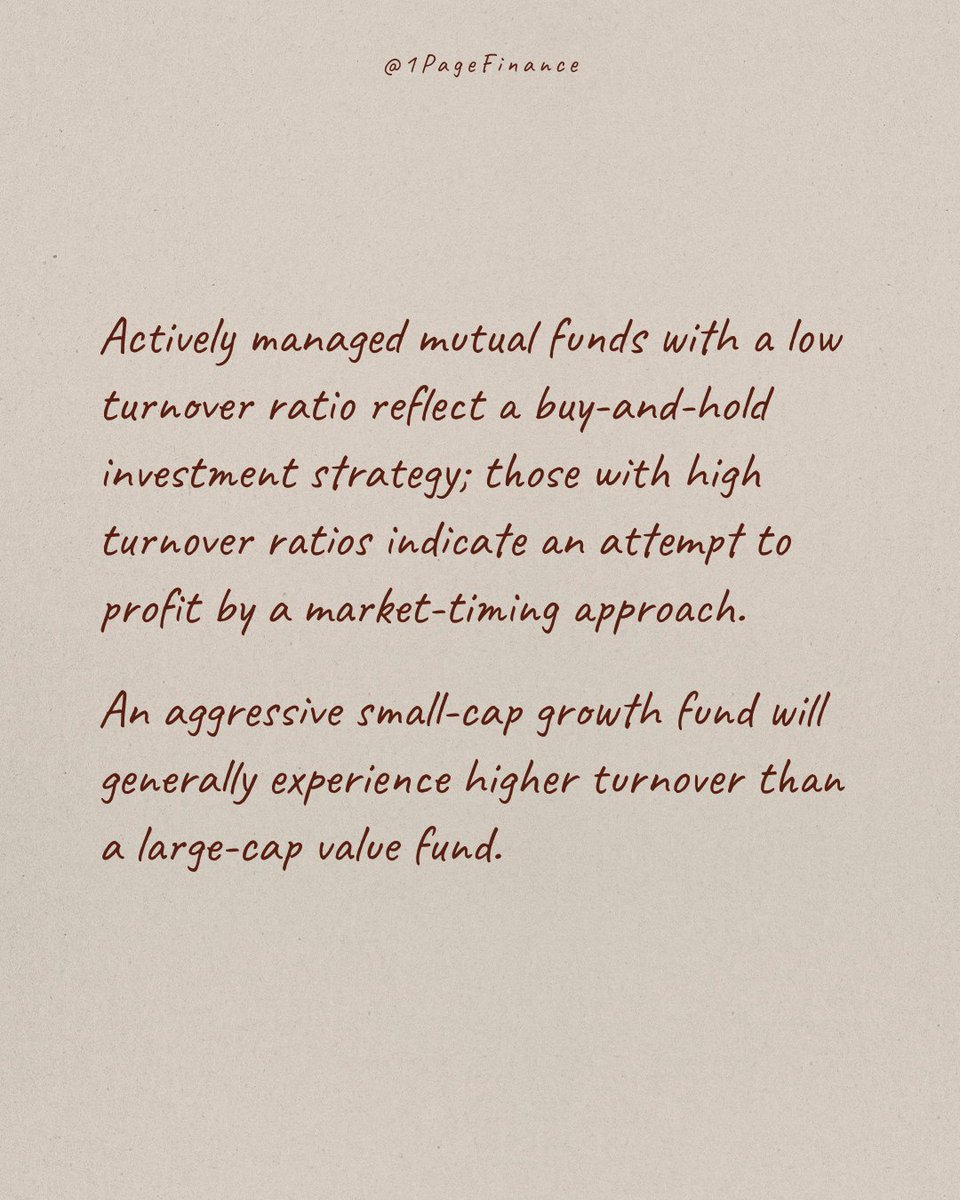
A Spicy Thread 🌶️ 🧵 on....
The science of Expense Ratio in Mutual Fund.
TL;DR: Jump to the spicy tables in the last few tweets of the thread. 1/16
The science of Expense Ratio in Mutual Fund.
TL;DR: Jump to the spicy tables in the last few tweets of the thread. 1/16
Expense ratio is one of the most important parts of investing through mutual funds. There is a high chance that it is not discussed with you by your banker, agents or MFD advisor.
2/16
2/16
In case you know it, there is a high chance that you are unaware of its impact on your future goals. In simple terms, expense ratio is the fee deducted from your investment or each SIP. This deduction happens instantly and gets adjusted within NAV.
3/16
3/16
It is designed in a way that layman investors will not be able to understand unless it is explained with pen and paper.
4/16
4/16
AMC/Fund house does not run on charity, they need to run their team to be able to generate returns for you using their expertise.
5/16
5/16
Ideally expense ratio/fees should reduce as more and more people start to put money in a particular fund. Be alert if you frequently find your fund increasing expense ratio without substantial reason.
6/16
6/16
Major Expenses within Expense Ratio.
Management Fees: The management fee or investment advisory fee is the compensation for the manager’s team and expertise.
7/16
Management Fees: The management fee or investment advisory fee is the compensation for the manager’s team and expertise.
7/16
Administrative Costs: The administrative costs are the expenses of running the fund.
8/16
8/16
Distribution Fees: Distribution Expenses/Commission charged.
9/16
9/16
For the same scheme, there are two types of funds, Regular Fund and Direct Fund.
10/16
10/16
Do not get puzzled by the term "Regular" in the Regular option, it simply means fund with an additional fee to the tune of 50% of the expense ratio that goes to the agent who has advised you or has helped you to fill the forms to enroll SIP.
11/16
11/16
And Direct Option simply means you are directly buying from fund house by taking an informed decision, with a discount to the tune of 50%. Yes, if you buy directly from fund house you get a 50% discount on fee.
12/16
12/16
The average expense ratio of the regular fund is 2% and that of the direct fund is less than 1%. You get a 50% discount for using your brains.
13/16
13/16
Your agent may make you believe that 1% is nothing, but here is the difference of your ₹10,000 SIP over 20 years. 14/16 

Identify if your agent is adding any value to your portfolio with this huge fee or you are just paying hefty fee every month just because you did not fill your form.
16/16
16/16
If you found it useful then retweet the 1st tweet of the thread 👇
https://twitter.com/1PageFinance/status/1427672960752443394?s=20
How do they misguide you?
• MF doesn’t have much risk.
• MF can beat the market.
• They are selling the best products.
• They know how to pick the best mutual fund schemes.
• Commissions don’t matter and they are very low.
• The only way to invest is through distributors.
• MF doesn’t have much risk.
• MF can beat the market.
• They are selling the best products.
• They know how to pick the best mutual fund schemes.
• Commissions don’t matter and they are very low.
• The only way to invest is through distributors.
The reality is exactly the opposite:
• Investors have been pushed to take too much risk because equity funds have the highest commissions;
• Indian mutual funds, as a whole, do not beat the index.
• Investors have been pushed to take too much risk because equity funds have the highest commissions;
• Indian mutual funds, as a whole, do not beat the index.
• Distributors push schemes with the highest commissions with this arrangement.
• No one can predict which mutual fund schemes will have the best performance over a 10 year period.
• No one can predict which mutual fund schemes will have the best performance over a 10 year period.
• Indian MF fees and commissions are some of the highest in the world.
There are better ways.
• Direct plans (zero commission).
• Index funds.
• ETFs
But the current MF ecosystem—and a network of distributors make sure you know as little about them as possible.
• Direct plans (zero commission).
• Index funds.
• ETFs
But the current MF ecosystem—and a network of distributors make sure you know as little about them as possible.
When YOU hire a financial advisor, they work for you.
• • •
Missing some Tweet in this thread? You can try to
force a refresh






























